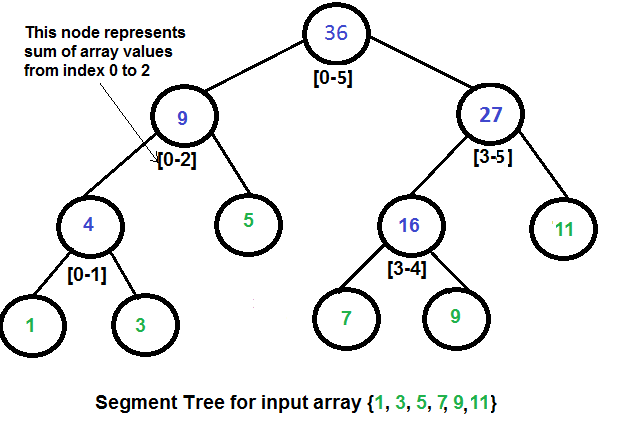Given a string, a partitioning of the string is a palindrome partitioning if every substring of the partition is a palindrome. For example, “aba|b|bbabb|a|b|aba” is a palindrome partitioning of “ababbbabbababa”. Determine the fewest cuts needed for palindrome partitioning of a given string. For example, minimum 3 cuts are needed for “ababbbabbababa”. The three cuts are “a|babbbab|b|ababa”. If a string is palindrome, then minimum 0 cuts are needed. If a string of length n containing all different characters, then minimum n-1 cuts are needed.
Solution
If the string is palindrome, then we simply return 0. Else, like the Matrix Chain Multiplication problem, we try making cuts at all possible places, recursively calculate the cost for each cut and return the minimum value.
Let the given string be str and minPalPartion() be the function that returns the fewest cuts needed for palindrome partitioning. following is the optimal substructure property.
// i is the starting index and j is the ending index. i must be passed as 0 and j as n-1
minPalPartion(str, i, j) = 0 if i == j. // When string is of length 1.
minPalPartion(str, i, j) = 0 if str[i..j] is palindrome.
// If none of the above conditions is true, then minPalPartion(str, i, j) can be
// calculated recursively using the following formula.
minPalPartion(str, i, j) = Min { minPalPartion(str, i, k) + 1 +
minPalPartion(str, k+1, j) }
where k varies from i to j-1
Following is Dynamic Programming solution. It stores the solutions to subproblems in two arrays P[][] and C[][], and reuses the calculated values.
public class PalindromPartitioning {
// Returns the minimum number of cuts needed to partition a string
// such that every part is a palindrome
public static int minPalPartion(String str) {
// Get the length of the string
int n = str.length();
/*
* Create two arrays to build the solution in bottom up manner C[i][j] =
* Minimum number of cuts needed for palindrome partitioning of
* substring str[i..j] P[i][j] = true if substring str[i..j] is
* palindrome, else false Note that C[i][j] is 0 if P[i][j] is true
*/
int C[][] = new int[n][n];
boolean P[][] = new boolean[n][n];
int i, j, k, L; // different looping variables
// Every substring of length 1 is a palindrome
for (i = 0; i < n; i++) {
P[i][i] = true;
C[i][i] = 0;
}
/*
* L is substring length. Build the solution in bottom up manner by
* considering all substrings of length starting from 2 to n.
*/
for (L = 2; L <= n; L++) {
// For substring of length L, set different possible starting
// indexes
for (i = 0; i < n - L + 1; i++) {
j = i + L - 1; // Set ending index
// If L is 2, then we just need to compare two characters. Else
// need to check two corner characters and value of P[i+1][j-1]
if (L == 2)
P[i][j] = (str.charAt(i) == str.charAt(j));
else
P[i][j] = (str.charAt(i) == str.charAt(j))
&& P[i + 1][j - 1];
// IF str[i..j] is palindrome, then C[i][j] is 0
if (P[i][j] == true)
C[i][j] = 0;
else {
// Make a cut at every possible location starting from i to
// j,and get the minimum cost cut.
C[i][j] = Integer.MAX_VALUE;
for (k = i; k <= j - 1; k++)
C[i][j] = Math.min(C[i][j], C[i][k] + C[k + 1][j] + 1);
}
}
}
// Return the min cut value for complete string. i.e., str[0..n-1]
return C[0][n - 1];
}
public static void main(String[] args) {
String str = "ababbbabbababa";
System.out.println("Min cuts needed for Palindrome Partitioning is "
+ minPalPartion(str));
}
}











